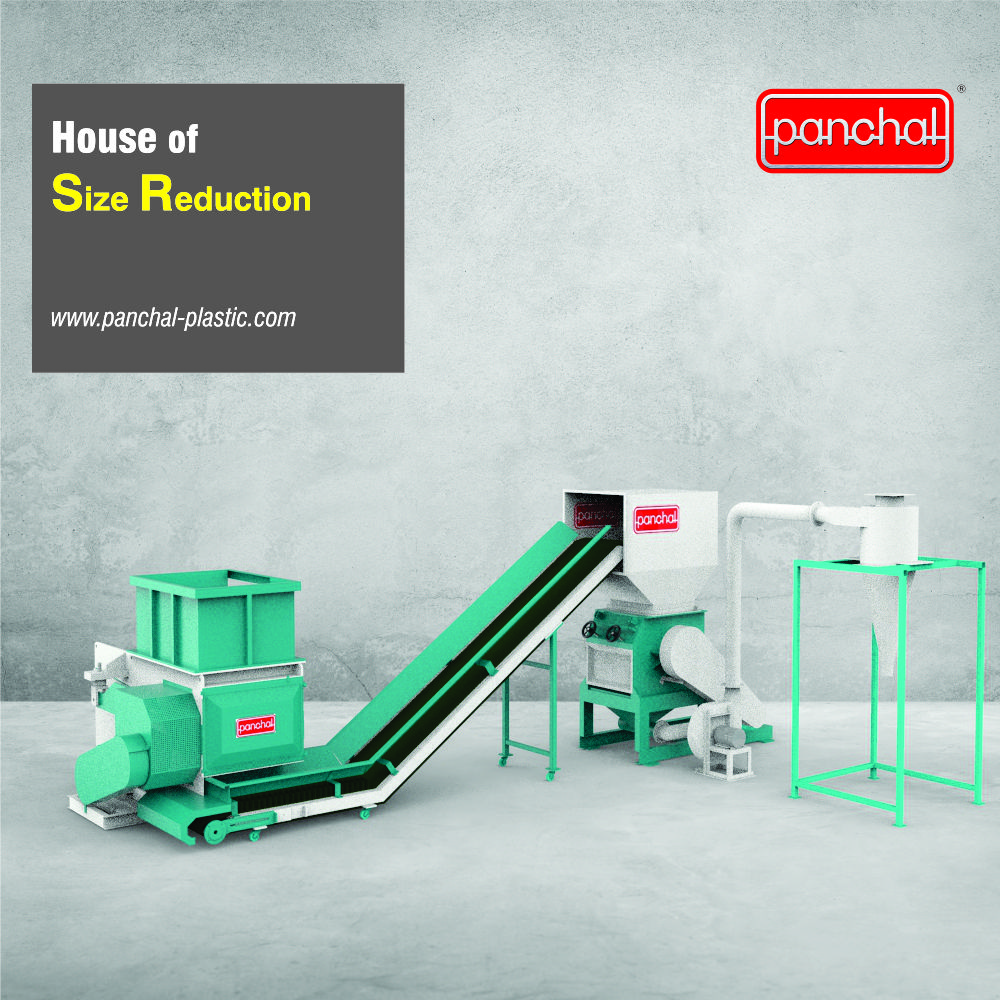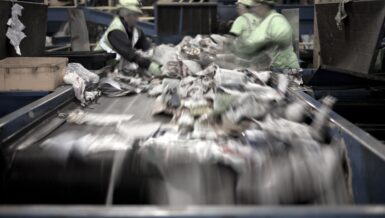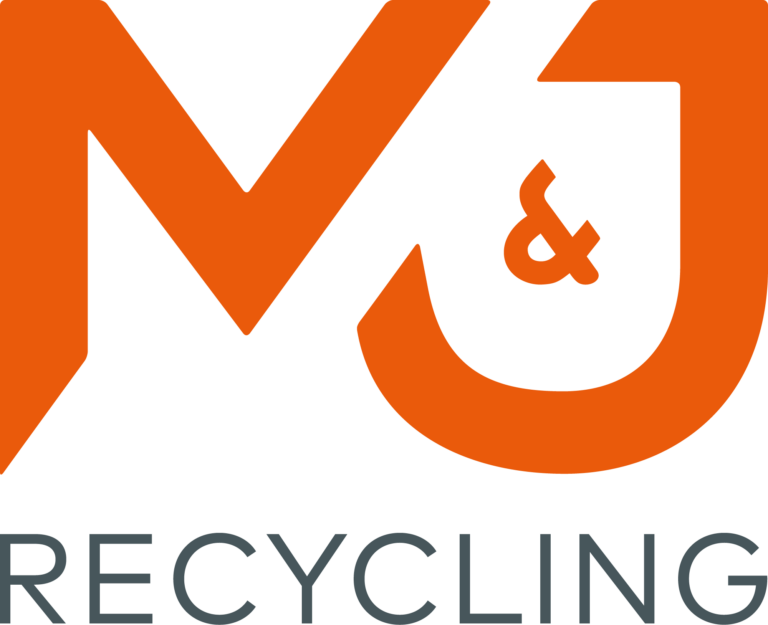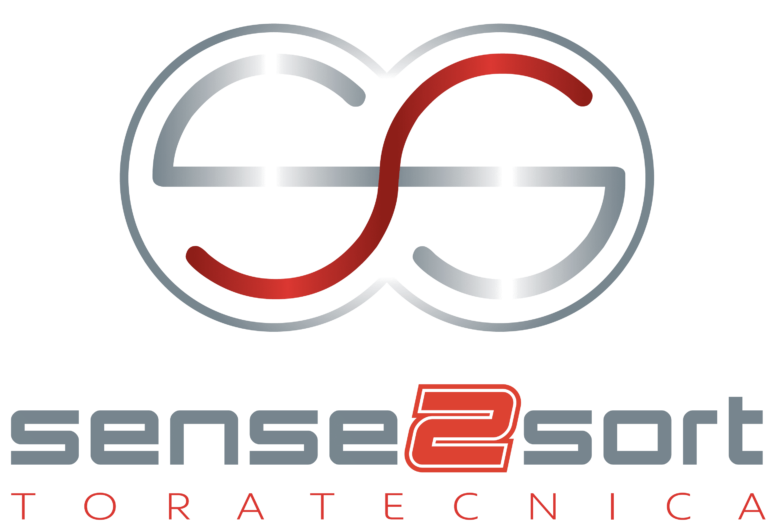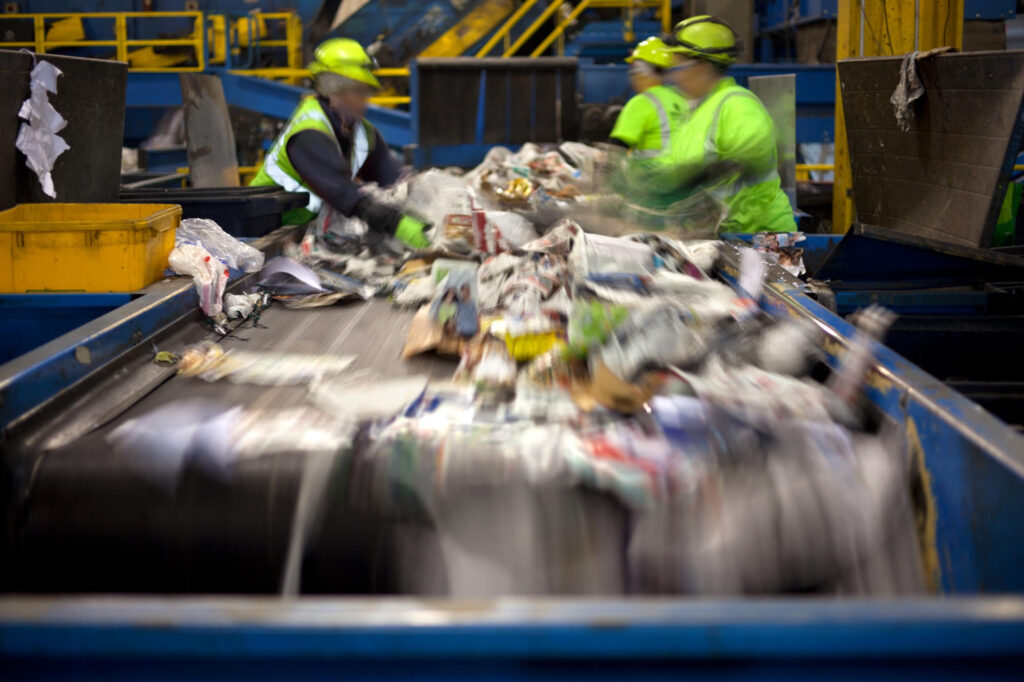In Commerce, GA, Selit extrudes EPE (Expanded Polyethylene) and XPS (Extruded Polystyrene) foam sheets, necessitating efficient recycling solutions for both materials.
Recognizing the need to achieve significant volume reduction of the rejected material to optimize the recycling process, Selit collaborated with RUNI to design a customized solution. The compaction is an important part in the recycling process,
Compaction plays an essential role in optimizing the recycling process, as the recycling equipment cannot receive the material fast enough due to the light foam state but needs to receive the material in a compacted state to work efficiently. Uncompacted foam has a lightweight, bulky nature that hinders transportation and processing efficiency. Compaction transforms the foam into uniform blocks, significantly reducing its volume while maintaining its recyclability. This not only streamlines logistics and storage but also enhances the overall efficiency of the recycling process, allowing Selit to maximize recycling output and minimize environmental impact.
The RUNI Solution: Customized for Success
The collaboration between RUNI and Selit resulted in a tailored solution featuring RUNI’s modular architecture, which combines mostly standard components with a few customized elements. This approach allowed for flexibility in design while ensuring an efficient workflow at Selit. By leveraging modular architecture, RUNI could seamlessly integrate standard components to create a solution that felt customized to Selit’s specific needs.

The optimal solution was achieved by utilizing a shredder to shred the high-density foam, moving it by airflow, and a RUNI SK370 solution to receive the shredded foam. This system uses two cyclones along with two RUNI machines, installed with an airtight input to avoid any material flying around. The robust installation is fully automated and requires minimal supervision.
Doug Brouillard, Director of Operations at Selit North America, underscores the value of the partnership with RUNI: “From the start of machine design and system construction, we knew that Runi was the right partner. Off the shelf, their machines solved the issues we have been struggling with for years, but at the same price point as the competition. The innovative design, included features, and desire to create an integrated and custom solution for our recycling needs brought us together for a complicated system solution. The thoroughness of the entire system design process was also echoed in the installation, run off, and after sales support to ensure that all objectives were met. We have a robust system we are proud of and look forward to our next project with Runi”
Selit North America’s partnership with RUNI exemplifies the power of collaboration in driving sustainable innovation. By embracing customized recycling solutions, businesses can minimize waste, reduce environmental impact, and unlock new opportunities for growth. As the world continue to prioritize sustainability, investments in recycling technologies will play a pivotal role in shaping a greener future for industries worldwide.
Solutions for EPE and XPS Recycling
While Selit’s case study exemplifies the effectiveness of RUNI solutions in optimizing recycling processes, it also highlights broader applications in EPE and XPS recycling.
EPE, widely used for packaging sensitive products, presents recycling challenges due to its large volume and lightweight nature. With a compactor, EPE waste is efficiently compacted into cohesive blocks, reducing storage and transportation costs.

XPS foam, a staple in the construction industry, offers great insulation properties but poses disposal challenges due to its lightweight structure. Compaction solutions enable efficient XPS recycling, reducing waste volume and facilitating the production of new insulation materials. By transforming waste into valuable resources, businesses can minimize environmental impact while generating additional revenue streams and improving their bottom line.
Investing in a compactor for bulky materials is an easy way to turn your foam waste into a commodity that is increasing in value and popularity to generate revenue while at the same time minimizing your environmental impact.



